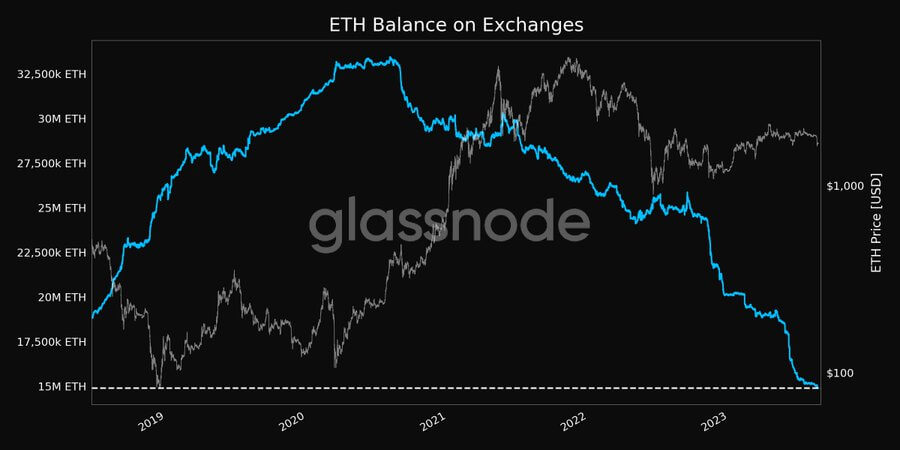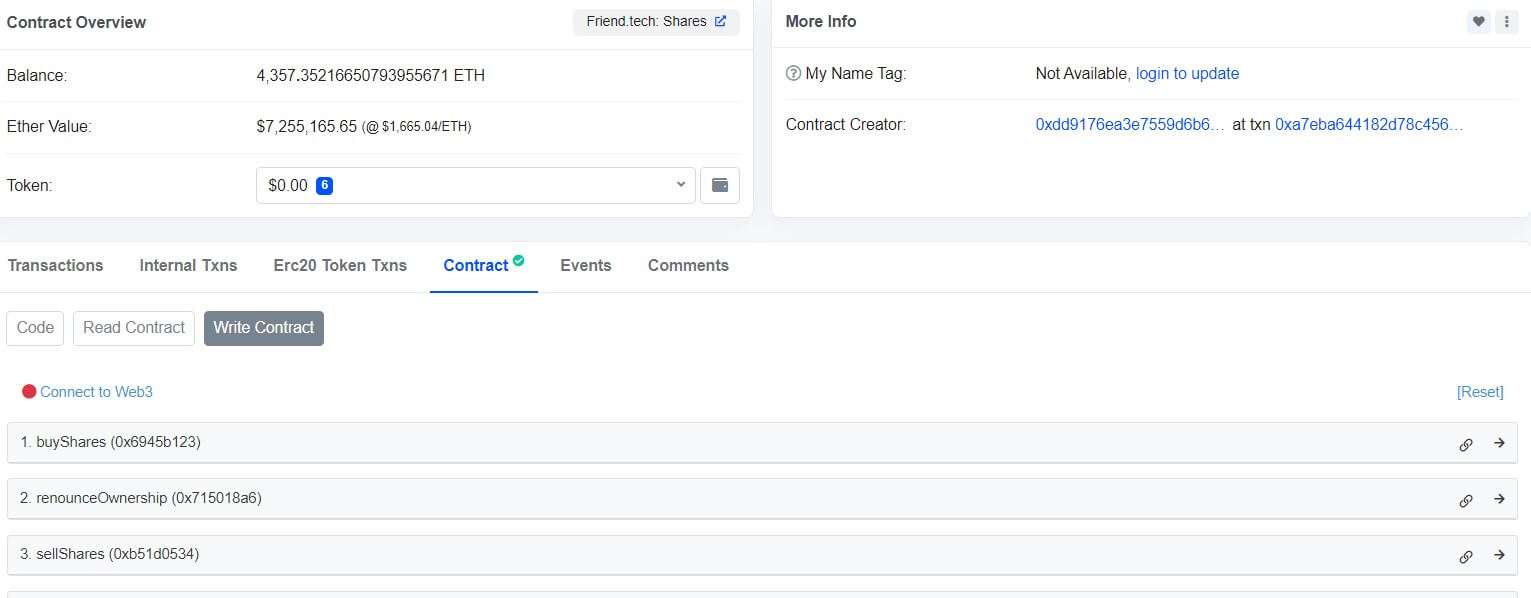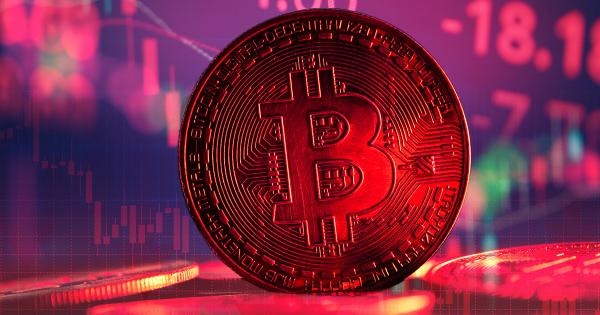Friend.tech regains launch hype momentum as revenue hits $5.6M amid surge in usage

Friend.tech’s revenue hit $5.6 million on Sept. 9, marking a 30-day high for the recently launched blockchain social networking platform, which has regained some of its lost momentum, according to Token Terminal data.
The strong revenue is driven by a steady increase in usage over the last two weeks despite a significant fall in the hype it initially generated after its launch on the Base blockchain.
Stats
Friend.tech registered 9,000 Daily Active Users (DAUs), with 2,000 new sign-ups on Sept. 9. Alongside this user activity, the platform observed a trading volume of $12.3 million, making it the third-highest trading day since its launch.
Meanwhile, fees collected by the platform for the day stood at $1.23 million — making it the third highest fee-generating day for any blockchain chain or dApp in the cryptocurrency market.
According to on-chain data, the platform recorded 92,000 key trades on Sept. 9, while the Total Value Locked (TVL) stood at $19.73 million. Since its inception, Friend.tech has attracted 138,169 unique buyers.
In terms of market dynamics, the combined market capitalization of all its keys is reported at $57 million. The top 250 keys account for a market cap of $43 million.
Decline in initial hype
Friend.tech’s beta version made an impressive debut on Coinbase’s layer-2 Base on Aug. 11 and within 10 days, the platform’s fees skyrocketed — surpassing heavyweights like Uniswap and the Bitcoin network with over $1 million generated in fees within a single day.
Such meteoric success, however, proved to be short-lived. By the end of August, Friend.tech grappled with an over 87% dip in daily fees and a stark 90% drop in transaction volume.
At its heart, Friend.tech’s primary innovation lies in allowing users to buy and sell “keys.” These keys are a unique concept that enables buyers to send private messages to sellers, with the platform profiting by taking a 5% slice of the transaction.
This innovative feature piqued the interest of several high-profile figures, both from the cryptocurrency realm and the broader entertainment industry. The list includes the likes of the UpOnly podcast host, renowned YouTuber Faze Banks, and even the Russian protest ensemble Pussy Riot.
However, critics have quickly dissected the reasons behind its rapid downturn, with many, including Coinbase payments risk manager Lisandro Rodriguez, attributing it to a combination of “greed and poor execution.”








